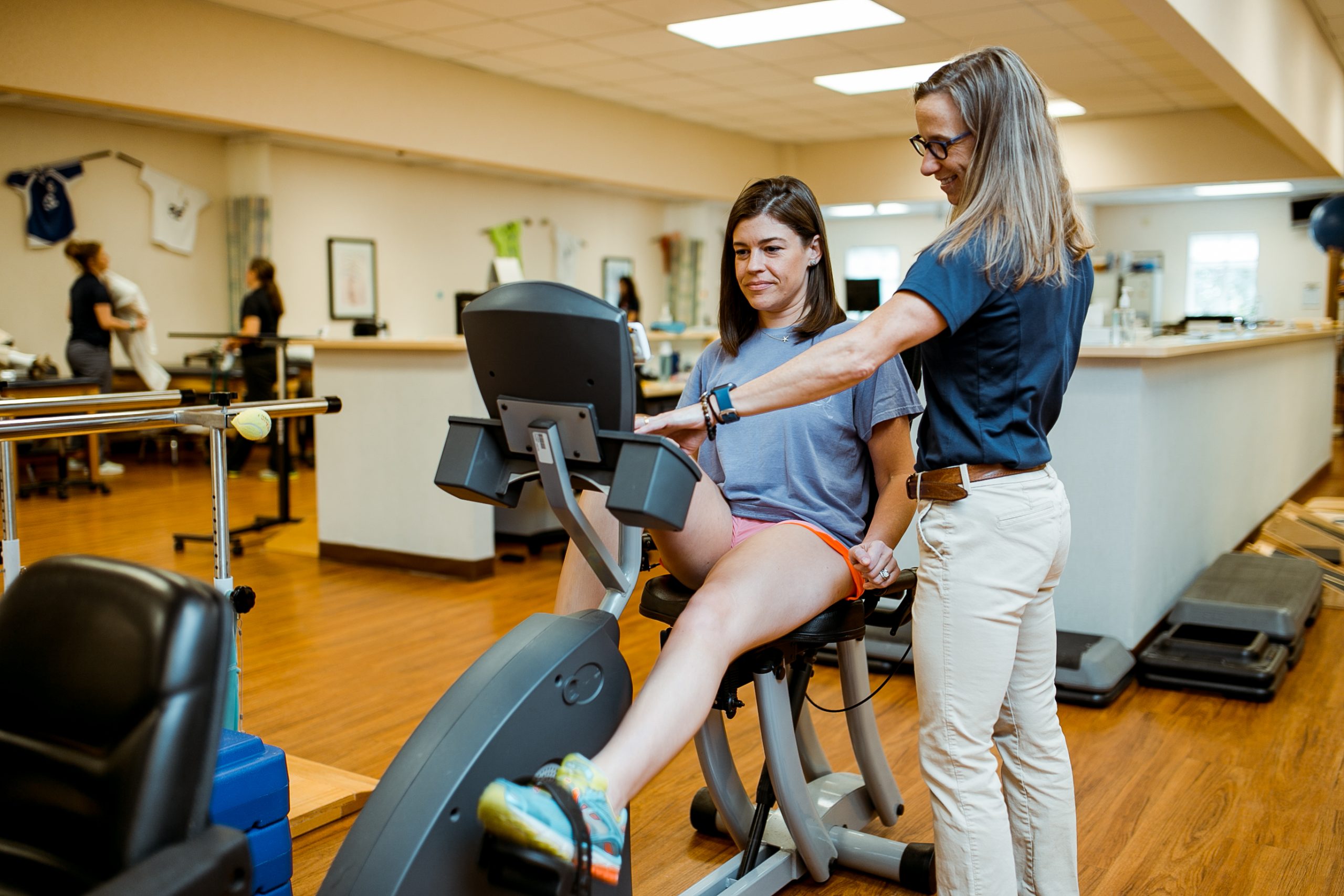Improving Your Own Movement Capacity Program using Proven Trigger Point Therapy Techniques
Foam serves as an valuable practice that can greatly enhance a person's mobility program. It involves using a round foam roller to apply pressure to designated areas of the body. This approach is known as self-myofascial release, which aids in alleviating soft tissue restrictions and improves overall flexibility. Many fitness practitioners and fitness enthusiasts integrate foam rolling into their pre-exercise routine and recovery routines to condition their muscles for activity and aid in recovery subsequently. Knowing how to use foam rolling correctly can lead to better outcomes and a minimized risk of injury.To get started, it is crucial to choose the appropriate foam roller. Foam rollers come in different compression levels and sizes. A low-density foam roller is suitable for new users or those with low pain tolerance, while a firmer roller can provide more intense pressure for more seasoned users. The length of the roller should also be evaluated; longer rollers can be advantageous for major muscle areas, while shorter ones are better for targeting localized zones. Once the most suitable roller is chosen, individuals can begin to incorporate foam rolling into their routine productively.
When using a foam roller, it is crucial to focus on deliberate movements. Rolling over tight areas too quickly can cause discomfort and may not provide the desired benefits. Instead, individuals should roll gradually over each muscle group for half a minute to two minutes. This allows the muscles to relax and helps to release knots and trigger points. Breathing deeply while rolling can also improve relaxation and effectiveness. Targeting critical areas such as the lower legs, quadriceps, hamstrings, and back can lead to noticeable improvements in flexibility.

Additionally, combining self-myofascial release with flexibility exercises can enhance flexibility gains. After using the foam roller, it is beneficial to perform held stretches check out this site on the same muscle groups that have been rolled out. This combination helpful resources helps in increasing blood flow and improving the range of motion in those muscles. For example, after working on the hamstrings, stretching them by executing a toe-touch stretch can further enhance flexibility. Integrating these techniques into a routine ensures that muscles are both released from tension and elongated.
In conclusion, consistency is key when it comes to foam rolling and improving flexibility. Incorporating foam rolling into a weekly routine can provide lasting benefits. It is advised to spend at least 10 minutes a few times a week targeting different muscle groups. By establishing foam rolling a regular habit, individuals will likely see enhancements in their flexibility over time. This method not only readies the body for physical activity but also contributes to recovery and upkeep of overall muscle health, making it an beneficial addition to any fitness routine.